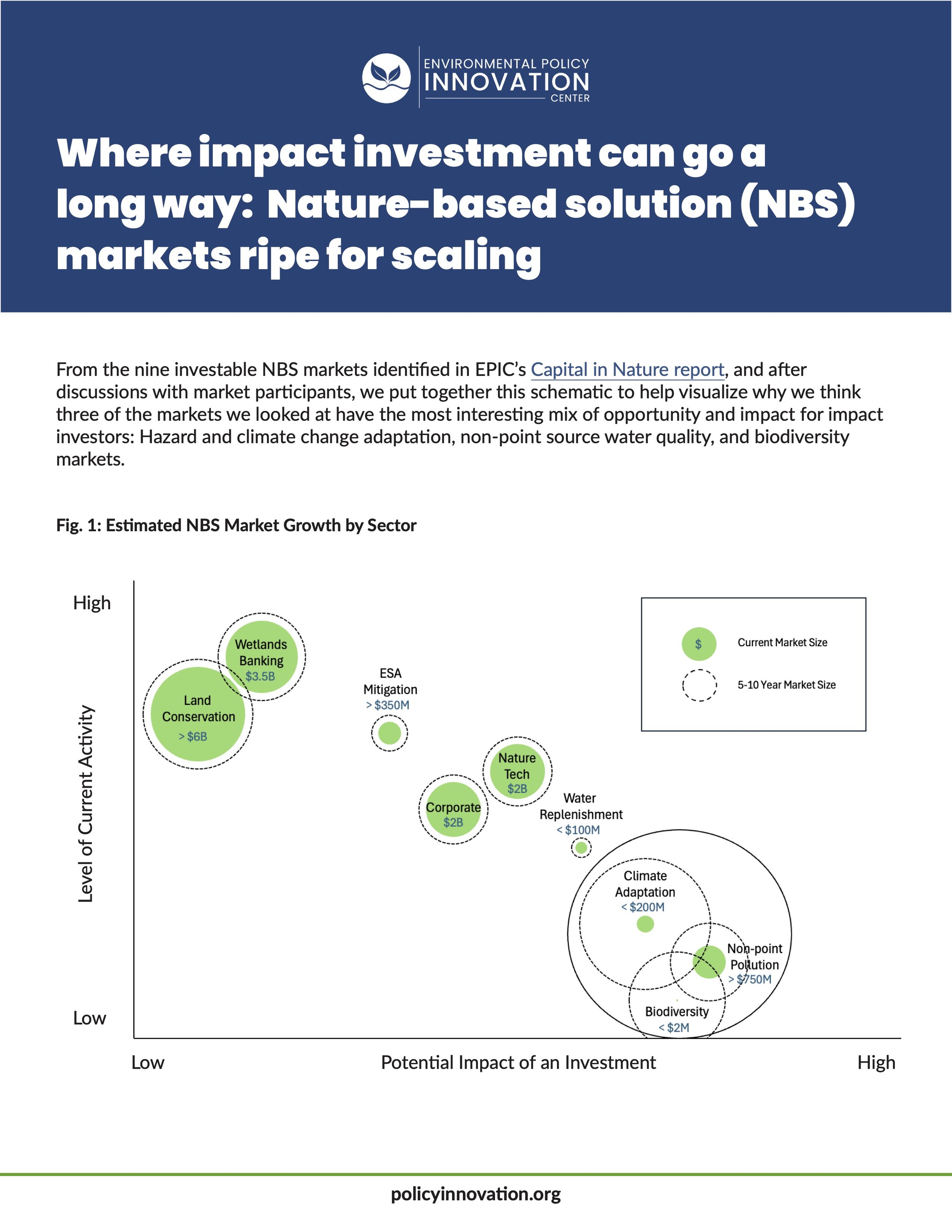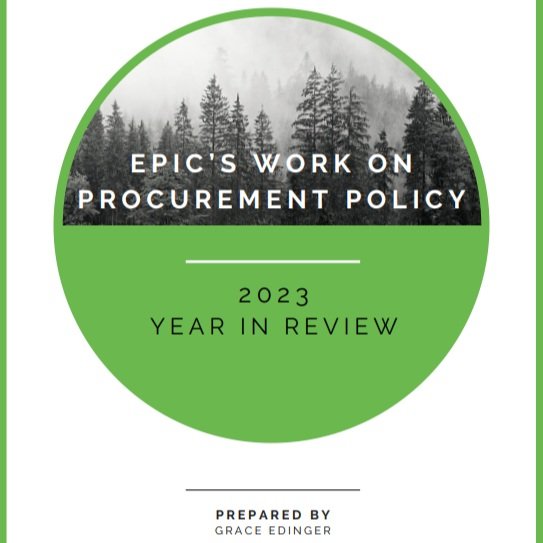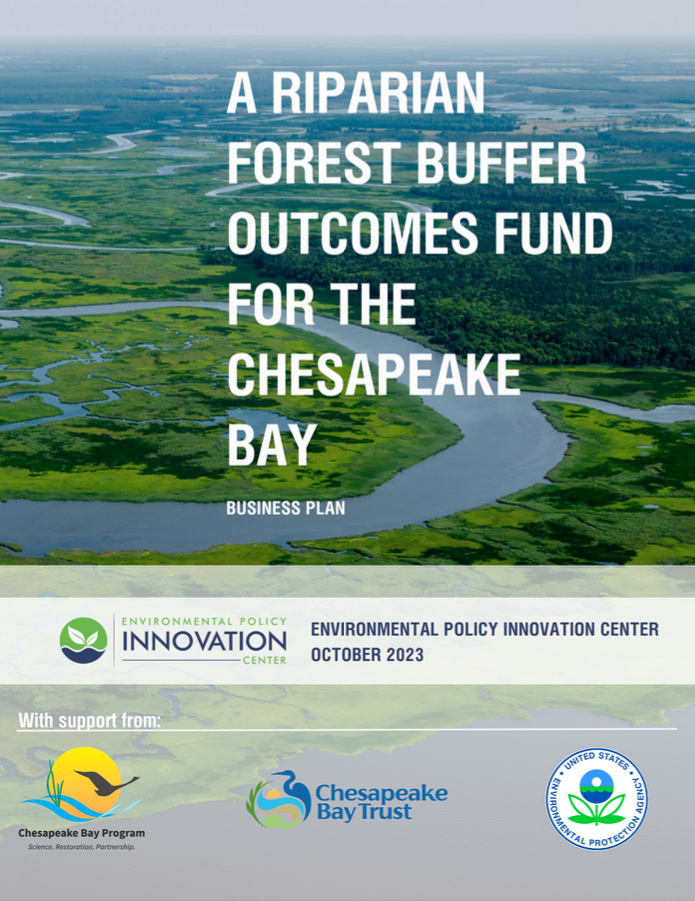Net Zero Mitigation
The Problem: We're rapidly losing resources to development when we have vague goals and guidance on how to mitigate impacts to natural resources.
Mitigation (aka offsets) refers to the overall process of avoiding, minimizing, and then offsetting negative impacts on natural resources. Some advocates argue that mitigation allows development that would otherwise not occur. We are not aware of evidence of that being true. Instead, in circumstances that predate mitigation, what appears to happen is that damage is simply permitted, not that permits are not issued. In addition to restoring already damaged and degraded landscapes, we must offset new natural resource impacts to achieve cleaner water and recover endangered species - that is, we need to have a net zero impact on the landscape. Natural resource mitigation policies fall short when they either do not name net zero as a goal, or they are too vague on the key principles of mitigation (scroll to table below).
The Solution: Net zero or better, and strong mitigation principles
At EPIC, we are interested in policies that deliver spectacular improvements in the speed of environmental progress. Done right, regulations and policies that incentivize environmental credits from restoration can support the scaling and timely delivery of high-quality, equitable restoration outcomes. All environmental agencies should have clear and consistent mitigation policies that set equivalent standards and promote mitigation principles like additionality, durability and advance mitigation. In recent years, multiple US mitigation policies were rescinded or revised to erode mitigation principles. Those policies and principles are needed again in the US – and worldwide.
Globally, businesses, communities, and countries are increasingly paying attention to the damage that development causes to nature. That attention has to be matched with policies and tools that make it very likely that mitigation provides an accountable and trustworthy basis to reconcile those impacts.
EPIC Mitigation Policy Work
-
EPIC regularly comments and blogs about policies that underpin mitigation to support the potential for avoidance of impact, and high quality restoration outcomes when mitigation is needed. The following are comments made on policies protecting species.
The Worst Trump-Era ESA Changes are Gone - blog (March 2024)
ESA Sec. 4D comments - increasing tribal sovereignty in natural resource management (Sept 2023)
3 New Changes for Offsets under ESA Section 7 and 1 Very Old Holdout - blog and comment letter (Aug 2023)
Species Mitigation Policies Are Totally Back - blog on the major changes in the re-established US Fish and Wildlife Service and Endangered Species Act mitigation policies (May 2023)
The ‘Poison Pill’ in the Proposed Rule for Voluntary Species Conservation - blog / comment letter (April 2023)
Top Kudos and Concerns about CA’s Resource Conservation Investment Strategies Program - blog / comment letter (Jan 2023)
Bald and Golden Eagles Enlist the Resistance - blog / comment letter on proposed rule for permits for incidental take of eagles under the Bald and Golden Eagle Protection Act (Nov 2022)
Build Conservation Banking Back Better - EPIC’s draft comments on the Advanced Notice of Proposed Rulemaking (ANPR) on Compensatory Mitigation Mechanisms - blog / comment letter (Sept 2022)
ANPR Cheat Sheet: A Policy Reference for Commenting on the FWS’ Compensatory Mitigation Mechanisms ANPR - blog (Sept 2022)
Breaking News: Species Banking ANPR Releases - blog (July 2022)
Three changes to the mitigation rule to enhance successful tribal compensatory mitigation programs - blog / comment letter (Feb 2022)
-
The Time it Takes for Restoration: A Qualitative Analysis of Factors that Speed and Slow Mitigation Banking Approval Timelines (2023) identifies the top bottlenecks in the US Army Corps of Engineers’ process of reviewing mitigation banks and highlights dozens of solutions that could be implemented. Recorded webinar. See more about streamlining the mitigation bank review process here.
Clean Water Act: Priorities for Offset Policies that Benefit the Environment and Communities (2022) makes recommendations for improving mitigation rules and practices under the Clean Water Act. EPIC interviewed over thirty-five mitigation experts to inform our recommendations, including federal agency staff, environmental groups, tribal representatives, and regulated industry. We selected these interviewees based on their deep expertise in how mitigation policies were developed and how mitigation is practiced under different environmental laws and in different regions of the country. Each interviewee informed the contents of the report sections that matched their expertise. Through careful consideration, EPIC selected the recommendations that we believe have the most potential to improve mitigation.
April 2022 blog on EPA’s Nutrient Pollution Memo - “Accelerating Nutrient Reductions in the Nation’s Waters.”
-
In multiple blog posts and an explainer, EPIC has explored the historic Supreme Court decision Sackett v. EPA, how it affects the scope of the Clean Water Act, and its repercussions for wetland and stream mitigation.
The Only Good Thing to Come out of Sackett v. EPA is the Epic Shade Thrown by the Dissenting Justices (June 2023)
New Year, New Definition of Waters of the United States (Jan 2023)
Major Themes from the Supreme Court’s Hearing of Sackett v EPA (Oct 2022)
Perspectives on the Upcoming Supreme Court Decision on WOTUS from the Restoration Economy Community (Sept 2022)
Scenarios of WOTUS in SCOTUS (Aug 2022)
-
Read more about our global biodiversity credits work here.
-
EPIC has a concerted focus on identifying ways federal and tribal policies can better support tribes’ opportunity to lead ecological restoration projects–and have those projects serve as economic assets by making sure they can be used as offsets under federal programs like wetland mitigation banking. See EPIC’s suite of Tribal Compensatory Mitigation Research here.
-
Includes out-of-the-box ideas for the next generation of mitigation policy, including the concept of a “Year Zero ” for natural resource conditions and principles around the use of quantifiable improvements in resources from that point forward. A Year Zero is a point in time after which any improvement in a natural resource condition that can be quantified can be related to its similarly quantifiable condition in Year Zero. Report: Net Zero or Better: Priorities for Offset Policies that Benefit the Environment and Communities.
Table: Key Principles of Mitigation
| Theme | Notes |
|---|---|
| Irreplaceable natural resources | Require land management plans to identify irreplaceable resources. Define (i.e., map) irreplaceable resources where only avoidance is appropriate. |
| Clear goalposts for how much is enough | Done right, no net loss, net benefit, and net zero are all examples of goals that allow both an agency and a potential permittee to understand and reach an agreement around “how much mitigation is enough.” If an agency’s mitigation policies are not seeking to achieve no net loss, net zero, or net benefit for a finite and rare resource, then by definition, those policies are facilitating the resource becoming increasingly rare. If subsequent permits contribute to that rarity, it’s by agency design and not the permittees’ fault or a fault of development writ large. |
| Additionality | Additionality analysis should be required by all federal agencies to make sure that preservation, restoration, and management actions truly offset new damage to resources. |
| Advance compensation preference | A policy preference for advance compensatory actions will almost always produce better results for natural resources. |
| Durability | Durability means that environmental benefits of offsetting actions are expected to endure for at least as long as the harm they are compensating continues. |
| Clear and measurable process for mitigation and mitigation evaluation | Require quantitative ecological performance standards on measures that can actually be delivered. Require a balance of long-term financial assurances, insurance, or other mechanisms to mitigate risks to durability. |
| Equal standards for different types of compensatory mitigation | Documentation standards, insurance standards, and performance requirements should be similar regardless of whether a private entity or public agency provides compensatory offsets. |































